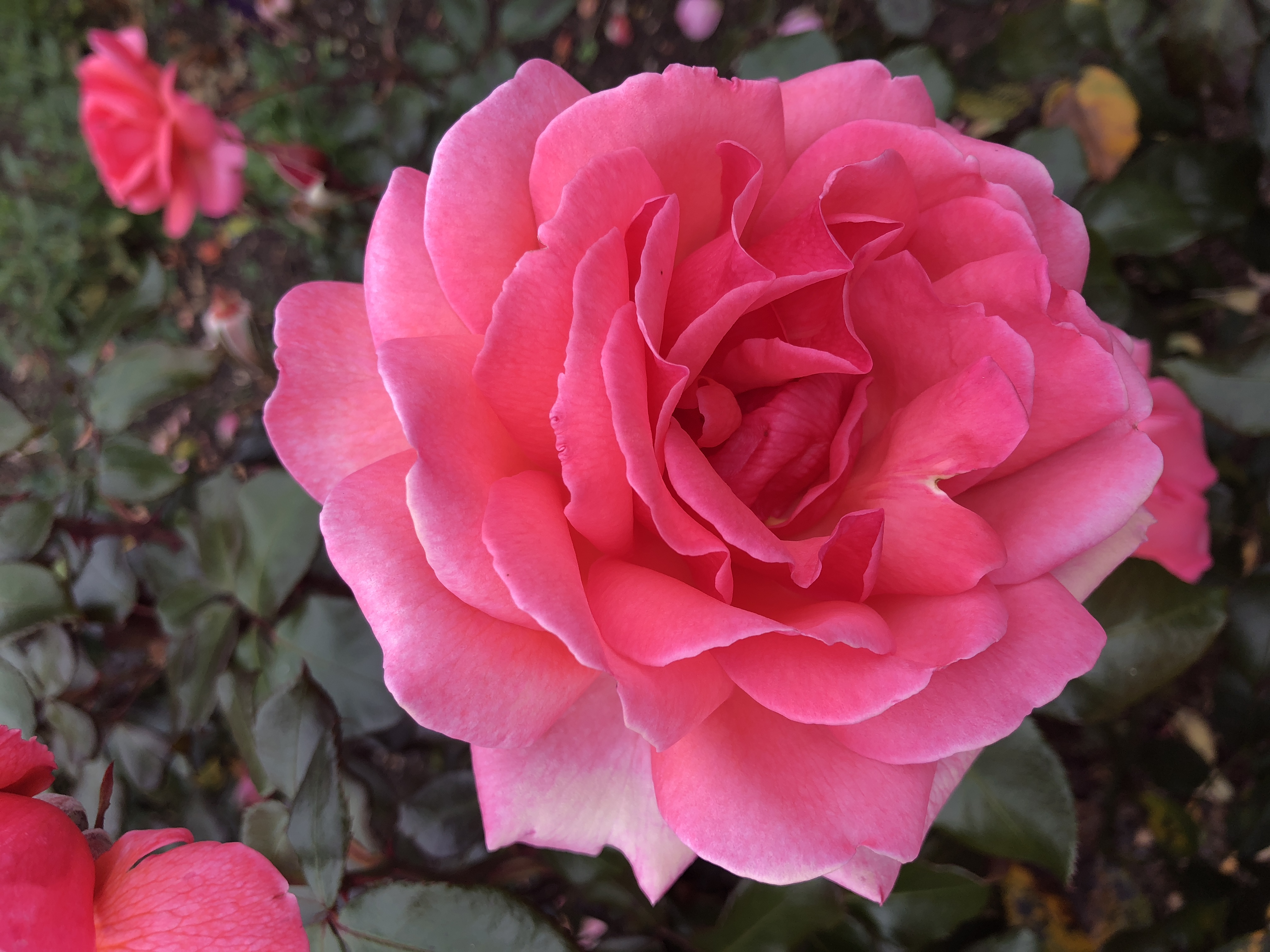A New Headmaster and The Stunning Technique of Weaving
- kayamagee

- Aug 25, 2020
- 3 min read

The month of August is quickly coming to a close, so that means we will start Ikebana classes soon! Though pandemic restrictions continue, we can still bring joy to our lives while taking every precaution, right?
The style of Ikebana I teach is Ichiyo School of Ikebana. On July 21, the 4th generation headmaster, Naohiro Kasuya, gave his first Zoom workshops for instructors only. The workshops were held both morning and night, to accommodate different time zones. The session I participated in had 55 instructors from all over the world watching.
For some of you who are not familiar with Ikebana, here is a short history lesson:
Ikebana ("arranging flowers" or "making flowers alive") is the classical art of Japanese flower arrangement. It is also known as Kadō (way of flowers). The tradition dates back to the Heian period (794 AD – 1185) when floral offerings were made at altars. Later they were placed in the tokonoma (alcove) of homes.
There are debates over the origin of Ikebana. Still, the influential theory is that it was introduced in Japan in the 6th century by Chinese Buddhist missionaries. The first school of flower arranging in Japan, Ikenobō, was founded by Ono no Imoko in the early 7th century. Ikebana reached its first zenith in the 16th century under Buddhist tea masters' influence and has grown over the centuries, with numerous distinct schools extant today.
Ichiyo School of Ikebana separates itself from the rest with its ground-breaking methods. We combine materials using the natural balance of their weight rather than by fastening materials down to a kenzan or a komi. I guess you could call our school avant-garde, even though it has a long history.
Ichiyo School of Ikebana was founded in 1937 by a sister and brother. The first headmistress was Ichiyo Kasuya, and the second headmaster was Meikof Kasuya. His son, Akihiro Kasuya, became the third headmaster. The current headmaster is the son of Akihiro Kasuya, who passed away last year.
OK, back to the workshop.
The theme was "Weaving" to create Ikebana in unnatural ways. What does the headmaster mean by "unnatural" ways? It means that an arrangement:
· should not be bounded by the way flowers grow.
· shows that a person created it.
· emphasizes the exciting aspect of a particular plant.
We do these to bring strong impressions or exhilarated feelings to the viewer.
Using our hands, we weave or knit flowers and other materials, creating a three-dimensional effect and mass, as the elements overlap each other. I have had the pleasure of watching him perform his magic in person, but even through Zoom, I learned a lot.
After the workshop, we each created an arrangement of our own. I am showing my creation at the top of this page. We are to receive a personal critique from the headmaster, but I have not received mine yet. Because of the pandemic, everything takes time.
Intrigued? Ichiyo style is not conventional, and one has to think outside the box for sure. It is not easy, but I can teach you step-by-step to achieve a stunning result. If you live in New Jersey or New York and wish to try, you can take a trial class.
Due to the pandemic, we offer classes only at our Cliffside Park Studio in New Jersey, but hopefully, in Manhattan soon. Each session will be restricted to a maximum of four people. Classes are held in a large room with a wide-open balcony door that provides excellent ventilation. We will have sanitizing tools. Wearing a mask is also required and a quick temperature check will be taken for the safety of both the instructor and the students.
Our afternoon classes (1-3 pm) are offered on Thursdays and Fridays and starts on September 10th and 11th. The morning class (10-12 pm) begins on September 11. You can book and pay for the classes here. If you have any questions about these classes, please do not hesitate to ask. The contact information is at the bottom of this page.
I look forward to seeing you in person. Otherwise, please try to bring flowers to your life. I assure you that they make you happier!




Comments